Posted by: CTC Training
Whether you’re an aspiring educator or a seasoned professional, understanding the teaching cycle is crucial for delivering effective lessons and promoting meaningful learning.
This systematic approach to education ensures that both adults and children receive a well-rounded learning experience.
In this article, we take a look at the five stages of the teaching cycle and explore how they contribute to successful learning.
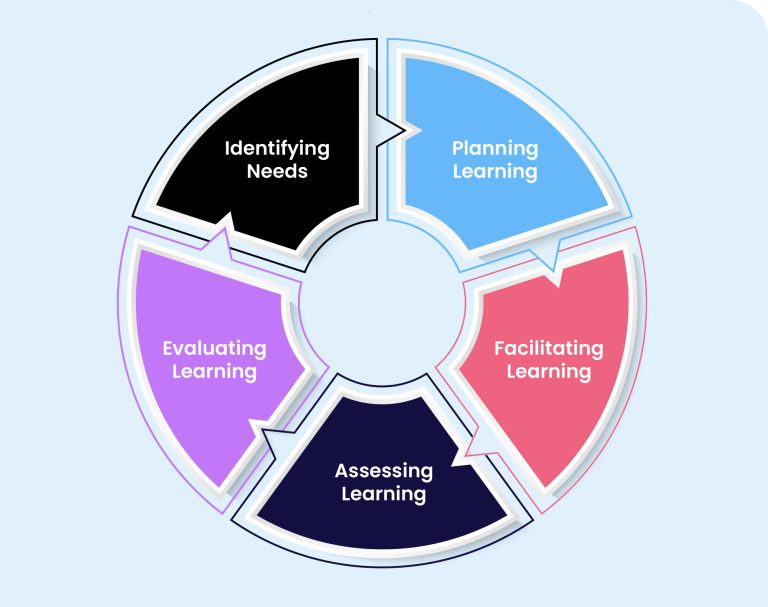
The Five Stages of the Teaching Cycle
1. Identifying Needs
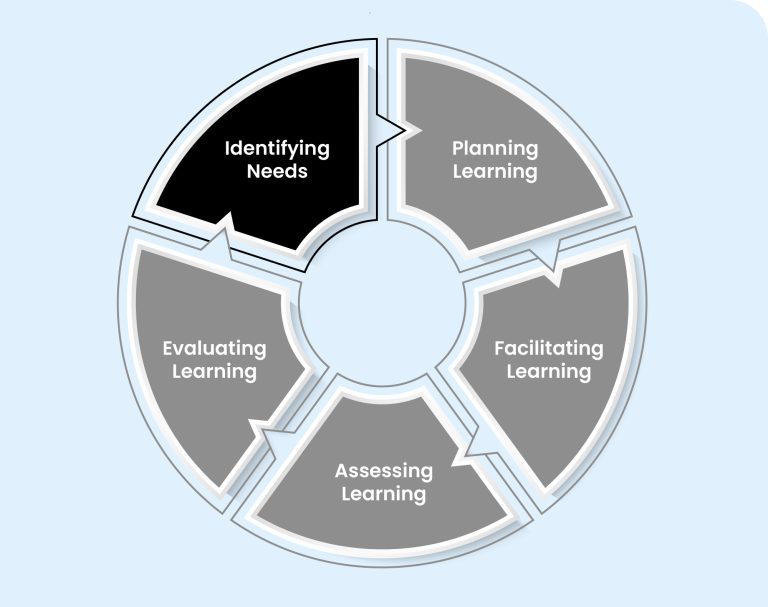
The first step in the teaching cycle is all about understanding your learners. This stage involves:
- Assessing prior knowledge and skills
- Identifying learning goals and objectives
- Recognising individual learning styles and preferences
- Considering any special educational needs or requirements
By identifying learner needs, educators can ensure that each student receives the support they need.
2. Planning Learning
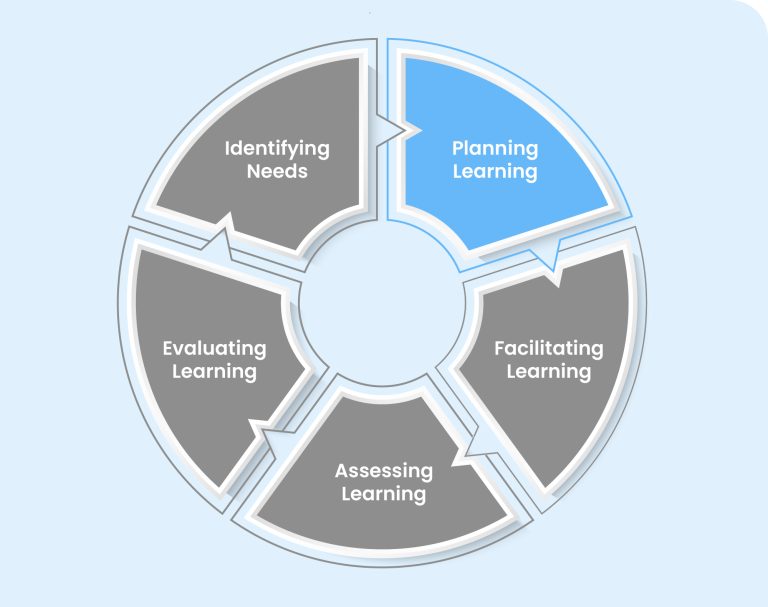
Once you’ve identified your learners’ needs, it’s time to plan your lessons. This stage involves:
- Selecting appropriate teaching methods and resources
- Designing engaging activities and exercises
- Structuring lessons to meet learning objectives
- Considering assessment methods
Effective planning ensures that your lessons are well-organised, purposeful and aligned with your learners’ needs.
3. Facilitating Learning
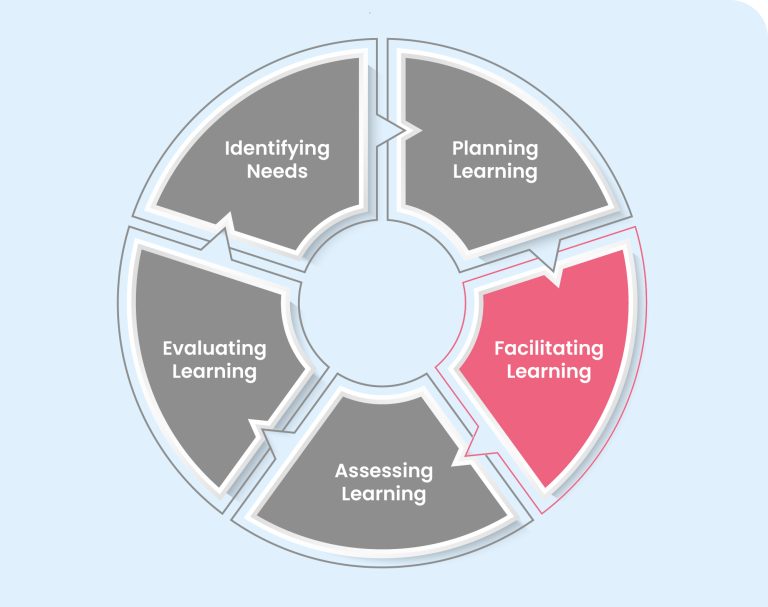
Facilitating learning involves:
- Delivering lessons using a variety of teaching methods
- Engaging learners through interactive activities
- Providing clear explanations and demonstrations
- Encouraging questions and discussions
- Offering support and guidance as needed
Remember, your role is to facilitate learning, not just to provide information. Encourage active participation and critical thinking to make the learning experience more meaningful and enjoyable.
4. Assessing Learning
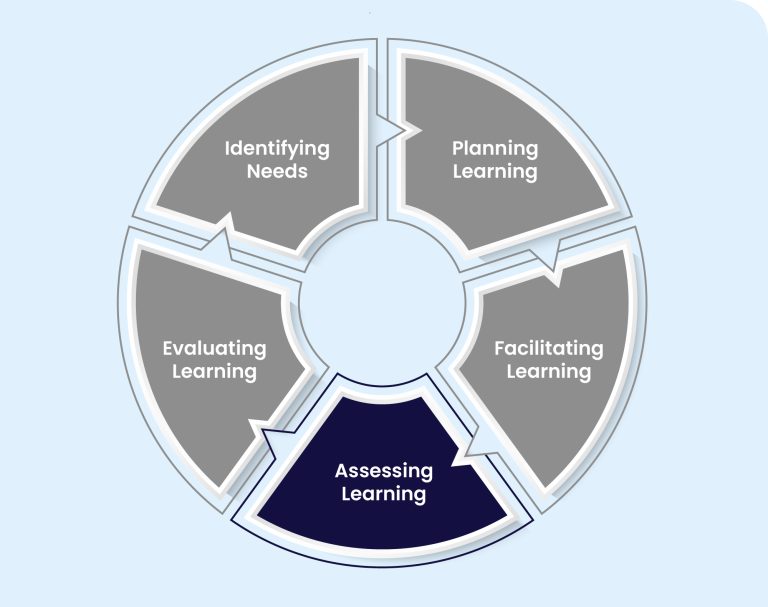
Assessment is a crucial part of the teaching cycle. It helps you and your learners understand their progress and identify areas for improvement. This stage involves:
- Using various assessment methods (e.g. quizzes, projects, observations etc)
- Providing constructive feedback
- Encouraging self-assessment and peer assessments
- Identifying a gap in understanding or skills
5. Evaluating Learning
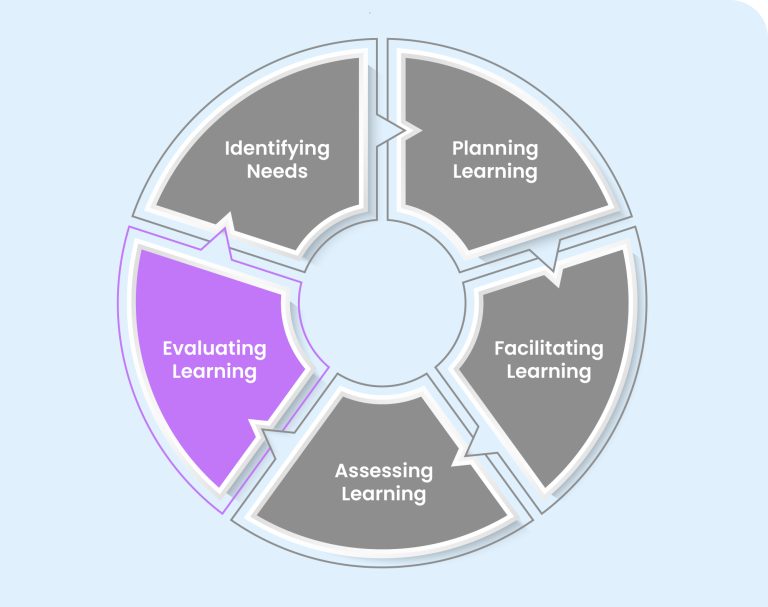
The final stage of the teaching cycle involves reflecting on the entire learning process.
This stage includes:
- Analysing the effectiveness of teaching methods and materials
- Reviewing learner feedback and assessment results
- Identifying areas for improvement
- Celebrating the success and achievements of learners.
The teaching cycle is crucial for effective education. It puts learners first by tailoring lessons to their needs and helps teachers constantly improve. It also encourages teachers to reflect on and refine their methods.
If you’re interested in becoming an educator, consider getting the teaching and training qualifications from CTC Training.
Browse our full list of teaching and training qualifications, or contact us for more information.

About CTC Training
CTC Training provides professional development and education courses for businesses and individual learners. They are market leaders in online learning. CTC Training's wide range of courses offer valuable qualifications in areas such as education, assessment and vocational training.
